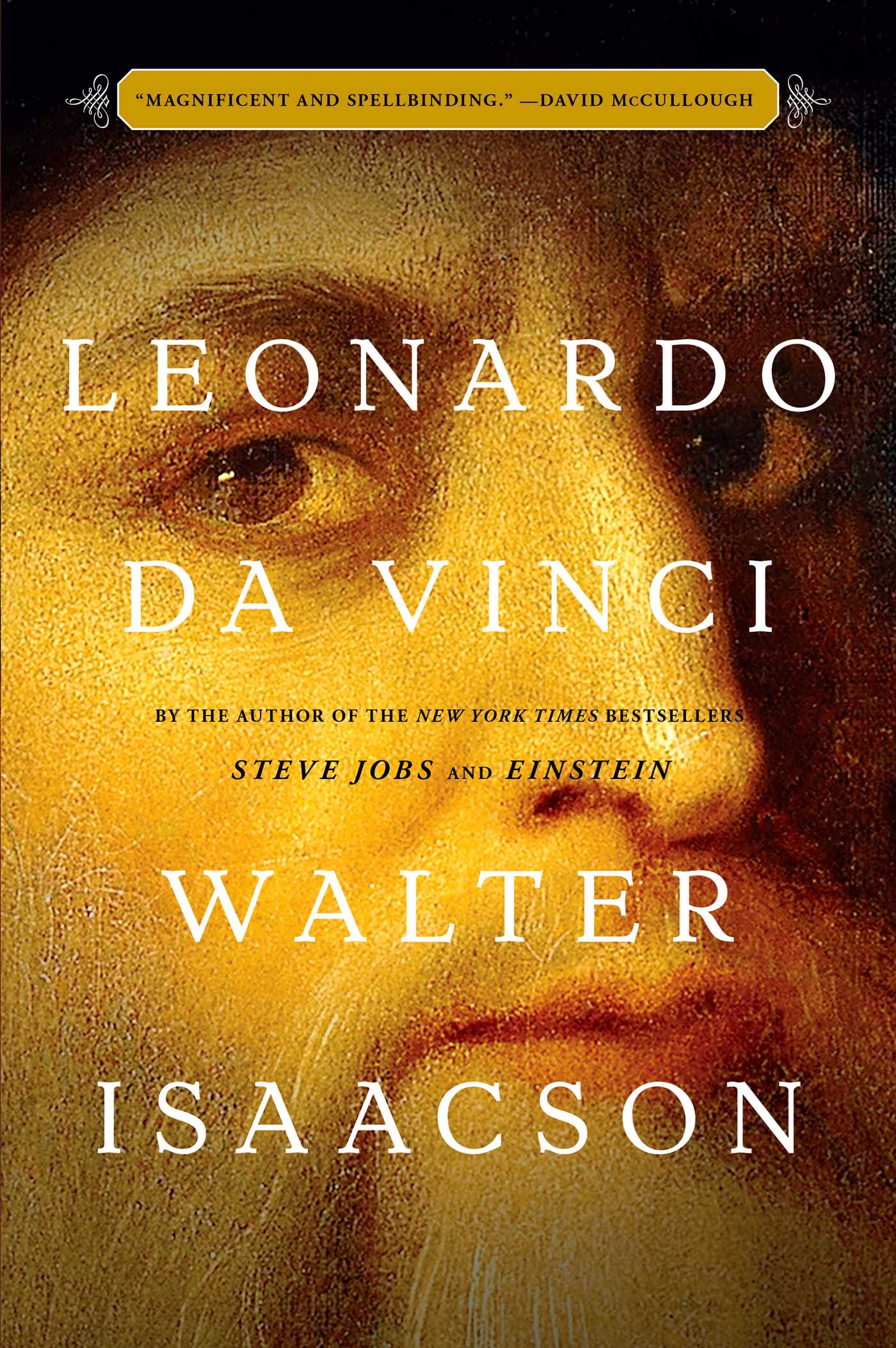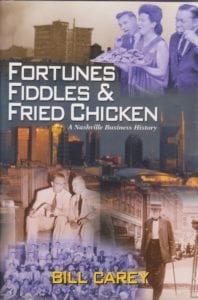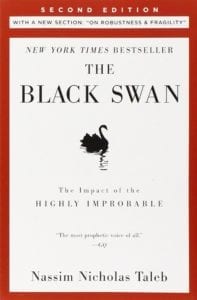Leonardo da Vinci
Reason Book was Chosen:
I've read two Walter Isaacson books (Steve Jobs and The Innovators) and loved them. I also love Leonardo. This seems like a match made in heaven.My Thoughts
Also, I paint.
Leonardo da Vinci once wrote a letter to Ludovico Sforza, ruler of Milan, describing a number of reasons he should be hired for a job. It was a top 10 list of capabilities. A resume of sorts.
In your best guess, what capability number would you think Leonardo would use for painting? Just a reminder – the Mona Lisa, yeah, that’s his. Come on, guess a number. 1 through 10. Well, you’re wrong. Doesn’t matter what number you chose. Leonardo didn’t list painting as one of his top 10 strong suits. He listed it after number 10 in a manner suggesting – Oh, by the way, I can also paint, or more precisely “Likewise in painting, I can do everything possible.”
Good God.
But that’s Leonardo. He was what art historian Kenneth Clark called “the most relentlessly curious man in history.” He makes the Dos Equis advertisement look like a joke.
The Milan story gets even better. Leonardo was living in Florence when he applied for the job in Milan. The reason he ended up going to Milan was because he was an expert lute player. What I wouldn’t give to hear some of the songs Leonardo composed. He played by ear and improvised, so there is no written record of these songs. So, add in musician to the list as well.
This book highlighted the strong suits we don’t usually think of when we think of Leonardo. It also highlighted his paintings, but took a deep dive into the 7,200+ notebook pages he left behind. These pages are filled with sketches, attempts to square a circle, inventions, military ideas, and theories of human blood flow based upon multiple human body dissections.
A absolutely fascinating book, it hit on topics similar to two of the other books I’ve read by Walter Isaacson (Steve Jobs & Innovators) where he dispels the myth of the lone genius in exchange for the collaborative effort. We see this pretty clearly in a lot of Leonardo’s paintings where a group of people would work on paintings for many years. However, I think Isaacson takes this too far in the case of Leonardo. Yes, he may have had people in his studio assisting with paintings and bouncing ideas off of, but if they had never existed, we’d still have Leonardo and his relentless curiosity. Perhaps there would be no Steve Jobs without Steve Wozniak, but we cannot say the same for Leonardo. Susan Cain, in her excellent book Quiet, touched on this very topic and I think she is right and Isaacson wrong in this case.
But still, there is something unique and special about Leonardo. Perhaps more so than any man in history. The breadth of his interests is just astounding. In today’s age where many business gurus suggest extreme skill focus and there being “riches in the niches,” here is a man who cast a wide net. Not only did he master multiple disciplines, but he drew connections between the fields never even considered.
In a trait common to geniuses, Leonardo had trouble finishing what he started. Because of that, there are a number of unfinished paintings and he never published his findings contained in his notebooks. Had he done so, he would have been credited with a number of other inventions. That’s the amazing thing about this book – Walter Isaacson goes through his unpublished inventions and ideas contained in his notebooks and reveals when they were “rediscovered,” sometimes 300 or more years later.
This was the book I was most excited about reading of all 52 books this year and it did not disappoint. I love Isaacson and look forward to reading more of his work. He did an excellent job with this book and even pulled out a set of lessons we can learn from Leonardo’s life in the book’s conclusion.
If you are interested in this book, buy it. Don’t get the Audible version. Buy the book. It’s beautiful, shows pages of his notebook and paintings as Isaacson is describing them, and will be something you’ll want to reference in the future.



